Your customer browses your website at 11 PM, abandons their cart, receives a generic email reminder the next afternoon, and never returns. Another customer completes a purchase but hears nothing until their package arrives three days later—no onboarding, no engagement, no reason to come back. You're spending ₹800-1,200 to acquire each customer, yet 67% never make a second purchase because you treat them as transactions rather than relationships.
This disconnect between acquisition investment and retention reality is bleeding Indian D2C brands dry. Companies invest 5-25 times more acquiring new customers than retaining existing ones, whilst a mere 5% increase in customer retention can boost profits by 25-95%. Meanwhile, brands with sophisticated customer journey orchestration achieve 54% greater ROI on marketing spend compared to those using fragmented, channel-specific approaches.
In this comprehensive guide on journey management systems as the new growth engine for Indian D2C brands, we're diving deep into how unified orchestration platforms transform disconnected touchpoints into cohesive experiences that drive repeat purchases, referrals, and sustainable revenue growth. India's D2C market, projected to reach $60 billion by 2027 with 40% annual growth, increasingly rewards brands that master the entire customer lifecycle rather than just the first transaction.
Why Do Traditional Marketing Funnels Fail Indian Customers?
Traditional funnels assume linear customer journeys that don't match Indian digital behavior patterns.
Your standard funnel:
Awareness → Consideration → Purchase → Retention.
But Indian customers research on YouTube, compare prices across multiple platforms, seek social proof through reviews, negotiate on WhatsApp, and expect personalized service throughout their journey.
Consider the typical Indian D2C customer path: Discovers brand through Instagram ad, visits website on mobile during commute, gets distracted, researches competitors, reads reviews on multiple platforms, rejoins your funnel three weeks later via Google search, finally purchases after WhatsApp conversation with customer service.
Static funnels can't handle this complexity. They lose customers at transition points, send irrelevant communications, and fail to recognize returning visitors across different channels and devices.

Indian customers interact with brands across 7.3 touchpoints on average before purchasing, with 42% of journeys spanning multiple weeks. Traditional automation systems lose context between interactions, treating each touchpoint as a new conversation rather than continuing an ongoing relationship.
Regional and cultural factors add complexity that generic funnels can't address. Festival season behaviors, regional language preferences, payment method variations, and family decision-making patterns all impact customer journeys differently across India's diverse markets.
What Makes Journey Management Actually Work?
Continuous relationship orchestration rather than campaign execution drives effective customer experience management.
Build systems that maintain customer context across all touchpoints, channels, and time periods. When customers return to your brand after weeks away, your system should remember their preferences, previous interactions, and current journey stage.
Effective journey management requires real-time behavioral triggers rather than time-based campaign sequences.
Here's how comprehensive journey orchestration transforms customer relationships:

Essential components for Indian D2C journey management:
- Unified Customer Profiles (single view across all channels and devices)
- Behavioral Trigger Engine (responds to actions, not just time)
- Multi-channel Orchestration (email, SMS, WhatsApp, push notifications)
- Real-time Personalization (adapts content based on current context)
- Journey Analytics (tracks progression and identifies optimization opportunities)
Real example from Mamaearth: Their journey system recognizes when customers research baby products but don't purchase within 48 hours. Instead of generic retargeting, it triggers a WhatsApp message with expert advice about choosing safe products for infants, achieving 67% higher conversion than standard email campaigns.
Your journey system must learn and adapt continuously. Successful interactions should influence future communications, whilst failed touchpoints trigger alternative approaches automatically.
How Do You Map Customer Journeys That Actually Convert?
Start with behavioral data analysis rather than assumed customer paths to identify real journey patterns.
Analyze your existing customer data to discover actual journey sequences. Which touchpoint combinations lead to conversions? Where do customers commonly drop off? What actions predict high lifetime value?
Map journeys based on customer jobs-to-be-done rather than your internal business processes.
Journey mapping framework for Indian D2C brands:
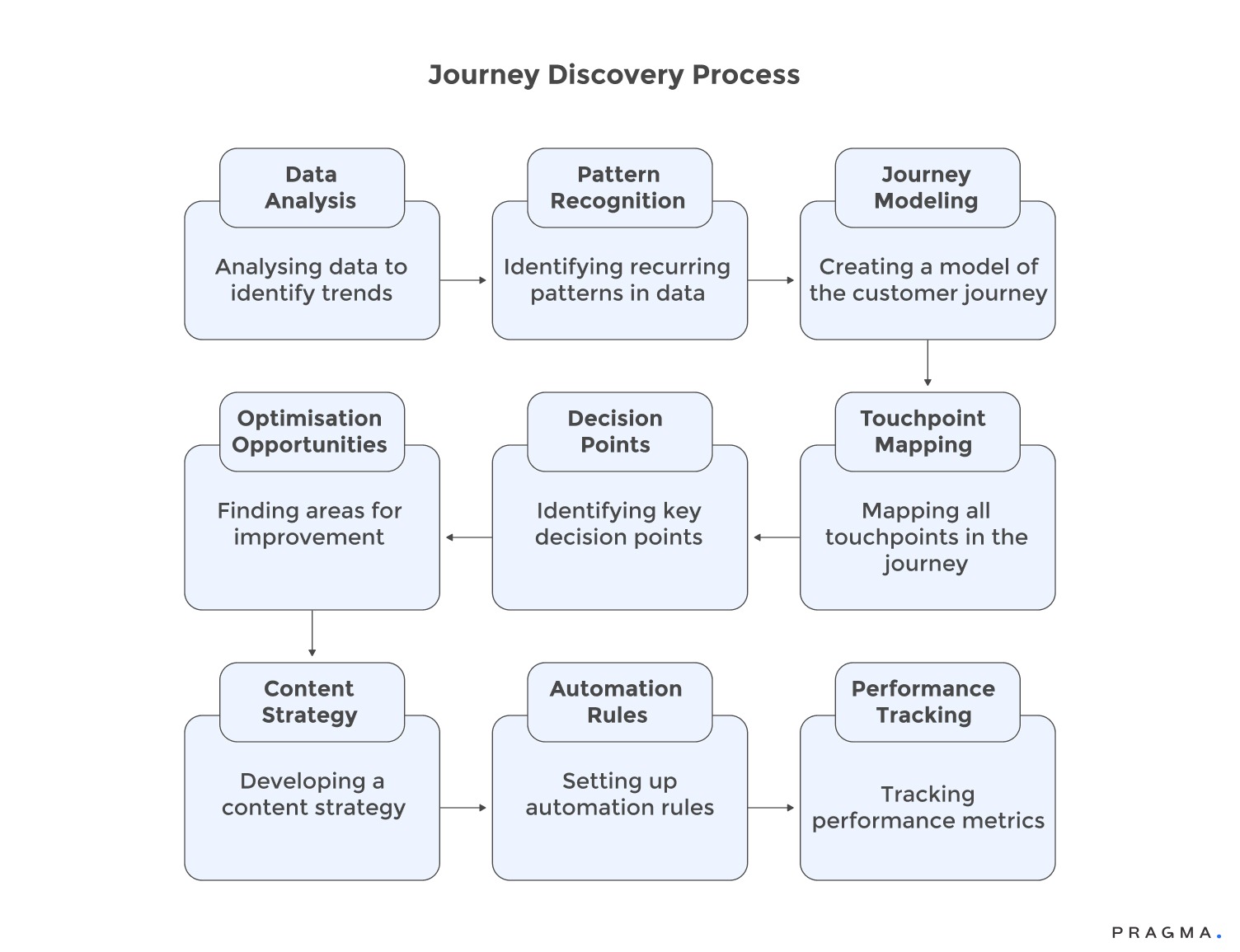
Key journey stages for Indian D2C customers:
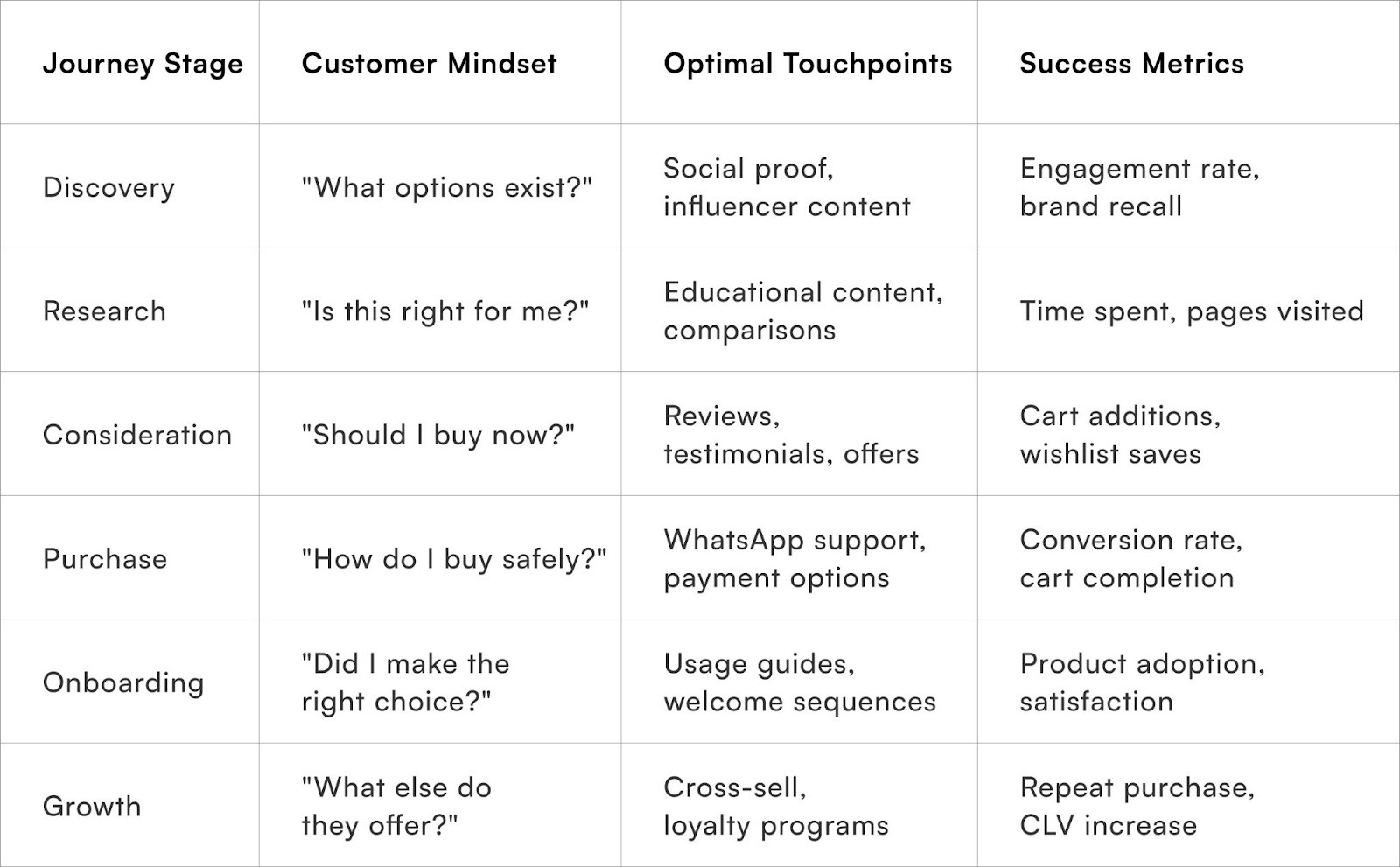
Consider Nykaa's approach: They identified that customers researching premium skincare products prefer video tutorials over text descriptions. Their journey system automatically serves YouTube videos for high-value items and detailed text for everyday products, improving conversion rates by 31%.
Build journey maps that account for Indian-specific behaviors:
- Family influence on purchase decisions (journey includes multiple decision makers)
- Festival and seasonal shopping patterns (timing affects message relevance)
- Regional language preferences (content adapts to location-based preferences)
- Payment method variations (journey adapts to preferred payment options)
Your journey maps should be hypothesis-driven and continuously validated through testing and optimization.
Which Automation Triggers Drive the Highest Conversion?
Focus on behavioral triggers that indicate customer intent and readiness to engage rather than generic time-based sequences.
Implement triggers based on specific customer actions that demonstrate interest, confusion, or purchase readiness. These behavioral signals provide much higher conversion rates than broad demographic targeting.
Intent-based triggers consistently outperform time-based campaigns by 3-5x in Indian D2C environments.
High-performing trigger categories for Indian customers:

Real trigger examples with performance data:

Consider Wow Skin Science's trigger system: When customers research hair care products but don't purchase within 72 hours, they receive a WhatsApp message with a personalized hair assessment quiz. The quiz results trigger customized product recommendations, achieving 41% conversion rates compared to 12% for generic retargeting emails.
Implement negative triggers that prevent over-communication. When customers show disengagement signals (multiple unsubscribes, app deletions, complaint behaviors), your system should automatically reduce message frequency or switch to different content types.
Build trigger combinations that create logical conversation flows. Sequential triggers should build on previous interactions rather than repeating the same message across different channels.
How Do You Optimise Journeys for Indian Digital Behavior?
Design journey flows that match Indian customers' multi-device, multi-channel research and purchase patterns.
Account for the reality that Indian customers research on mobile during commutes, compare prices on desktop, seek social proof through reviews, and often complete purchases via WhatsApp conversations with brands.
Key optimization considerations for Indian markets:
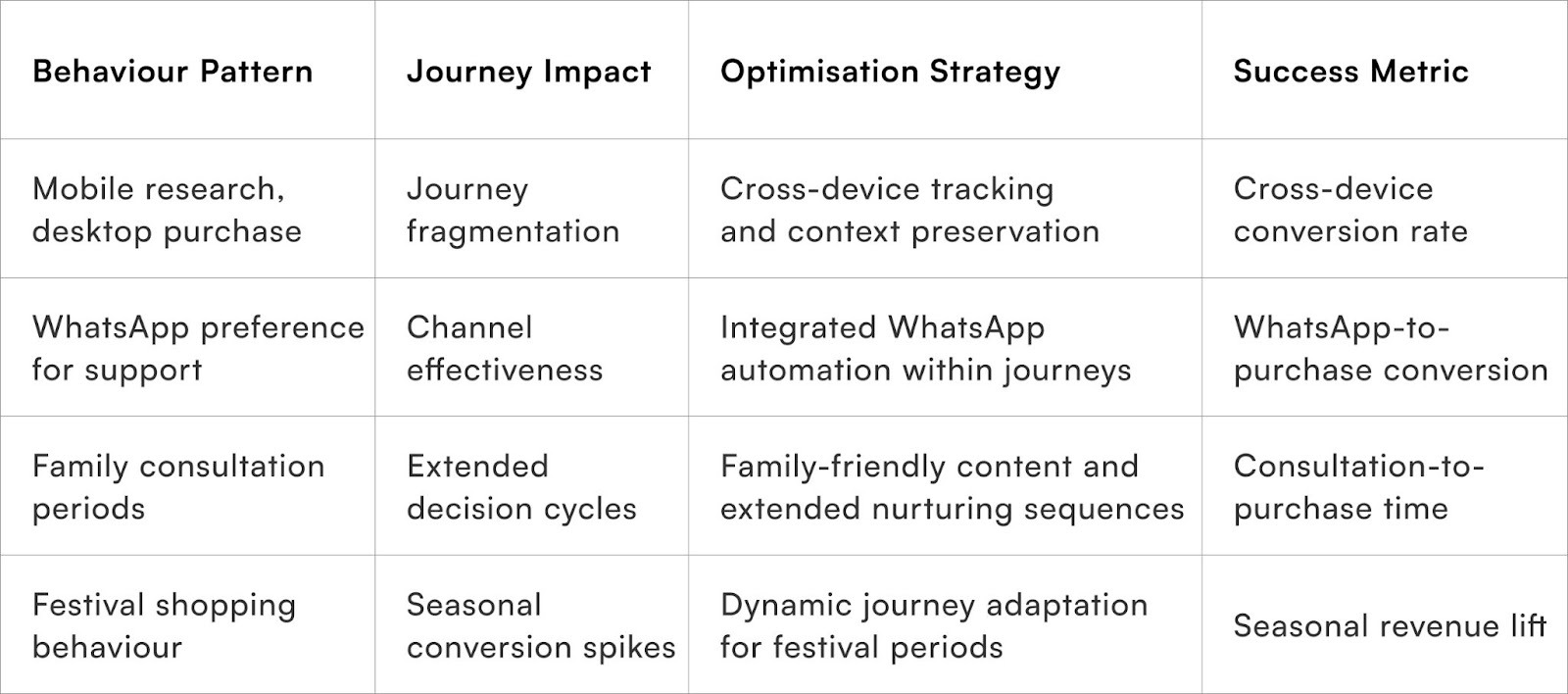
Real example from Boat: Their journey system recognizes when customers research headphones during festival seasons versus regular periods. Festival journeys emphasize gift-giving value propositions and family pack offers, whilst regular journeys focus on individual use cases and technical specifications. This seasonal adaptation increased festival season conversion rates by 47%.
Optimize for India's diverse payment preferences by building payment method selection into journey flows. Customers preferring cash-on-delivery receive different risk mitigation content than those choosing digital payments.
Build regional language support that goes beyond translation. Journey content should reflect cultural nuances and local preferences relevant to specific geographic markets.
Implement journey recovery systems for common Indian digital challenges: Power outages, network interruptions, and data limitations shouldn't break customer journey progression. Your system should gracefully handle these scenarios and resume customer relationships when connectivity returns.
Metrics to Watch
- Journey Completion Rate - Percentage of customers progressing through designed journey stages (target: >65%)
- Cross-channel Engagement Rate - Customer response across different touchpoints within journeys
- Journey-to-Purchase Time - Average duration from journey entry to conversion
- Behavioral Trigger Performance - Conversion rates for different automated trigger types
- Customer Lifetime Value by Journey Type - Revenue impact of different journey experiences
To Wrap It Up
Apply journey management systematically — map real customer paths, implement behavioral triggers consistently, and optimize based on engagement data rather than assumptions. Start with cart abandonment and high-intent signals, then expand gradually to build comprehensive relationship orchestration capabilities.
Build customer journey excellence as your competitive foundation, not just another marketing channel. When you orchestrate seamless experiences across all touchpoints, you increase conversions, improve retention, and create sustainable growth engines that compound over time.
And Pragma is here for all D2C brands, making intelligent journey management simpler and more effective with omnichannel CRM solutions that adapt to Indian customer behavior patterns and drive measurable business results.

FAQs (Frequently Asked Questions On Journey Management Systems: The New Growth Engine for Indian D2C Brands)
How long should D2C customer journeys be in India?
Indian D2C journeys typically span 2-6 weeks due to research patterns and family consultation periods—design journeys for sustained engagement rather than quick conversion pressure.
Should WhatsApp be integrated into every customer journey?
WhatsApp works best for support-heavy journeys and high-value purchases where personal assistance drives conversion—not every journey requires WhatsApp integration, but most benefit from it.
How do we handle customers who engage across multiple channels?
Use unified customer profiles that maintain context across all channels, ensuring messages complement rather than conflict with previous interactions regardless of touchpoint.
What's the ROI timeline for journey management system implementation?
Most D2C brands see positive ROI within 3-4 months through improved conversion rates, with significant gains in customer lifetime value appearing by month 6-8.
How do we optimize journeys for India's diverse regional preferences?
Build dynamic content systems that adapt messaging based on location, language preferences, and local cultural factors—test regional variations and optimize based on performance data.
Talk to our experts for a customised solution that can maximise your sales funnel
Book a demo

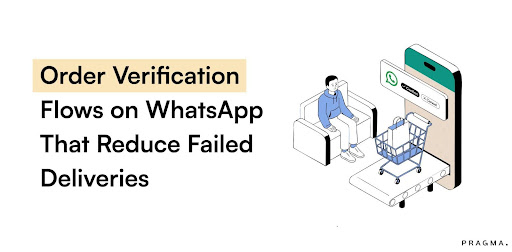
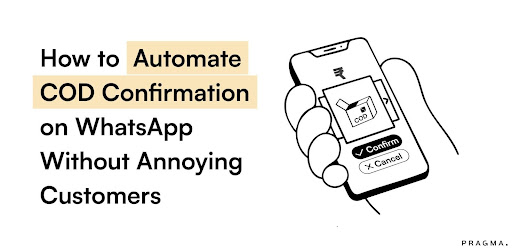
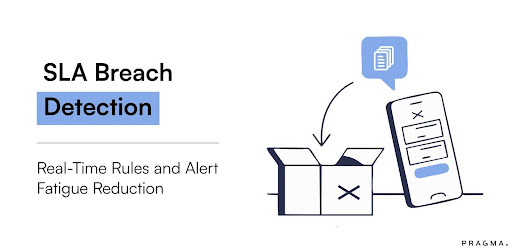
.png)